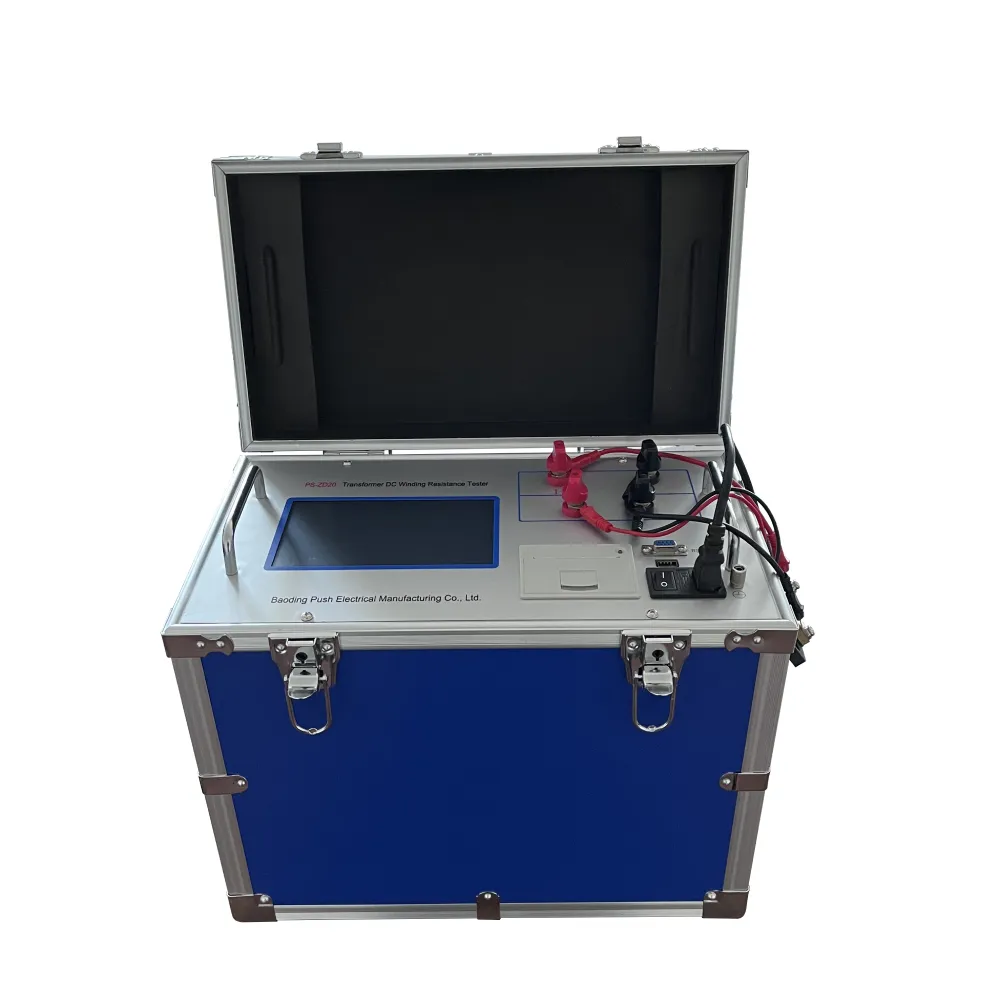 English
English



-
 Afrikaans
Afrikaans -
 Albanian
Albanian -
 Amharic
Amharic -
 Arabic
Arabic -
 Armenian
Armenian -
 Azerbaijani
Azerbaijani -
 Basque
Basque -
 Belarusian
Belarusian -
 Bengali
Bengali -
 Bosnian
Bosnian -
 Bulgarian
Bulgarian -
 Catalan
Catalan -
 Cebuano
Cebuano -
 China
China -
 China (Taiwan)
China (Taiwan) -
 Corsican
Corsican -
 Croatian
Croatian -
 Czech
Czech -
 Danish
Danish -
 Dutch
Dutch -
 English
English -
 Esperanto
Esperanto -
 Estonian
Estonian -
 Finnish
Finnish -
 French
French -
 Frisian
Frisian -
 Galician
Galician -
 Georgian
Georgian -
 German
German -
 Greek
Greek -
 Gujarati
Gujarati -
 Haitian Creole
Haitian Creole -
 hausa
hausa -
 hawaiian
hawaiian -
 Hebrew
Hebrew -
 Hindi
Hindi -
 Miao
Miao -
 Hungarian
Hungarian -
 Icelandic
Icelandic -
 igbo
igbo -
 Indonesian
Indonesian -
 irish
irish -
 Italian
Italian -
 Japanese
Japanese -
 Javanese
Javanese -
 Kannada
Kannada -
 kazakh
kazakh -
 Khmer
Khmer -
 Rwandese
Rwandese -
 Korean
Korean -
 Kurdish
Kurdish -
 Kyrgyz
Kyrgyz -
 Lao
Lao -
 Latin
Latin -
 Latvian
Latvian -
 Lithuanian
Lithuanian -
 Luxembourgish
Luxembourgish -
 Macedonian
Macedonian -
 Malgashi
Malgashi -
 Malay
Malay -
 Malayalam
Malayalam -
 Maltese
Maltese -
 Maori
Maori -
 Marathi
Marathi -
 Mongolian
Mongolian -
 Myanmar
Myanmar -
 Nepali
Nepali -
 Norwegian
Norwegian -
 Norwegian
Norwegian -
 Occitan
Occitan -
 Pashto
Pashto -
 Persian
Persian -
 Polish
Polish -
 Portuguese
Portuguese -
 Punjabi
Punjabi -
 Romanian
Romanian -
 Russian
Russian -
 Samoan
Samoan -
 Scottish Gaelic
Scottish Gaelic -
 Serbian
Serbian -
 Sesotho
Sesotho -
 Shona
Shona -
 Sindhi
Sindhi -
 Sinhala
Sinhala -
 Slovak
Slovak -
 Slovenian
Slovenian -
 Somali
Somali -
 Spanish
Spanish -
 Sundanese
Sundanese -
 Swahili
Swahili -
 Swedish
Swedish -
 Tagalog
Tagalog -
 Tajik
Tajik -
 Tamil
Tamil -
 Tatar
Tatar -
 Telugu
Telugu -
 Thai
Thai -
 Turkish
Turkish -
 Turkmen
Turkmen -
 Ukrainian
Ukrainian -
 Urdu
Urdu -
 Uighur
Uighur -
 Uzbek
Uzbek -
 Vietnamese
Vietnamese -
 Welsh
Welsh -
 Bantu
Bantu -
 Yiddish
Yiddish -
 Yoruba
Yoruba -
 Zulu
Zulu
Testing Voltage Application on Transformer Performance and Safety Evaluation
Transformer Applied Voltage Test
Transformer applied voltage testing is a crucial procedure used in the electrical engineering field to ensure the reliability and performance of transformers and electrical equipment. This test is primarily designed to verify the insulation integrity of transformers, thereby ensuring their efficient operation in various applications. Given the critical role transformers play in electrical distribution systems, performing applied voltage tests can help identify potential insulation failures before they lead to catastrophic equipment damage or system outages.
The fundamental principle behind the applied voltage test is relatively straightforward. It involves applying a specific voltage—greater than the normal operating voltage—across the transformer windings. This elevated voltage stresses the insulation system, allowing engineers to assess its robustness and reliability. Typically, the test voltage is set to a predetermined level based on industry standards, often specified in the IEC (International Electrotechnical Commission) or IEEE (Institute of Electrical and Electronics Engineers) guidelines.
Transformer Applied Voltage Test
During the test, the transformer is disconnected from all external circuits. The test voltage is then applied between the various windings and between the windings and ground. One of the critical outcomes of the test is the measurement of any leakage current that flows during this high-voltage application. An increase in leakage current can indicate weaknesses or faults within the insulation system. A common practice is to monitor the current over a set period, and significant deviations from established norms typically warrant further investigation.
transformer applied voltage test

In addition to leakage current, the applied voltage test can also reveal insulation breakdown behavior. This is particularly important in identifying weaknesses that may not be apparent during lower voltage operations. The results from these tests can provide valuable information regarding the lifespan and maintenance needs of the transformer. If the insulation behaves as expected under the applied stress, it can bolster confidence in the reliability of the transformer. Conversely, if anomalies are noted, corrective actions can be implemented, such as further inspections, repairs, or even replacement of the transformer.
Moreover, the applied voltage test is often part of a broader suite of diagnostic tests that also includes insulation resistance testing, power factor testing, and partial discharge analysis. Together, these tests form a comprehensive picture of a transformer's health and performance, enabling proactive measures to extend its service life and operational efficiency.
It is important to note that safety is paramount during the applied voltage testing of transformers. Personnel must be adequately trained and equipped with the necessary protective gear, as high-voltage equipment presents inherent risks. Adherence to safety protocols and standard operating procedures is essential to prevent accidents and ensure the well-being of testing personnel.
In conclusion, the transformer applied voltage test is a vital component of transformer maintenance and reliability assessments. By applying a controlled high voltage to transformer windings, engineers can effectively evaluate insulation integrity, identify potential faults, and enhance overall system stability. Regular testing not only safeguards against unexpected failures but also plays a critical role in the long-term management of electrical infrastructure. As technology continues to evolve, the methods and practices surrounding applied voltage testing are likely to advance, contributing to even more reliable electrical systems in the future.
-
Testing Equipment Industry Sees Major Advancements in 2025: Smart & Precision Technologies Lead the WayNewsJun.06,2025
-
Applications of Direct Current Generators in Renewable Energy SystemsNewsJun.05,2025
-
Hipot Tester Calibration and Accuracy GuidelinesNewsJun.05,2025
-
Digital Circuit Breaker Analyzer Features and BenefitsNewsJun.05,2025
-
Benefits of Real-Time Power Quality Monitoring Devices for Industrial EfficiencyNewsJun.05,2025
-
Earth Fault Loop Testing in High-Rise Building Electrical SystemsNewsJun.05,2025



